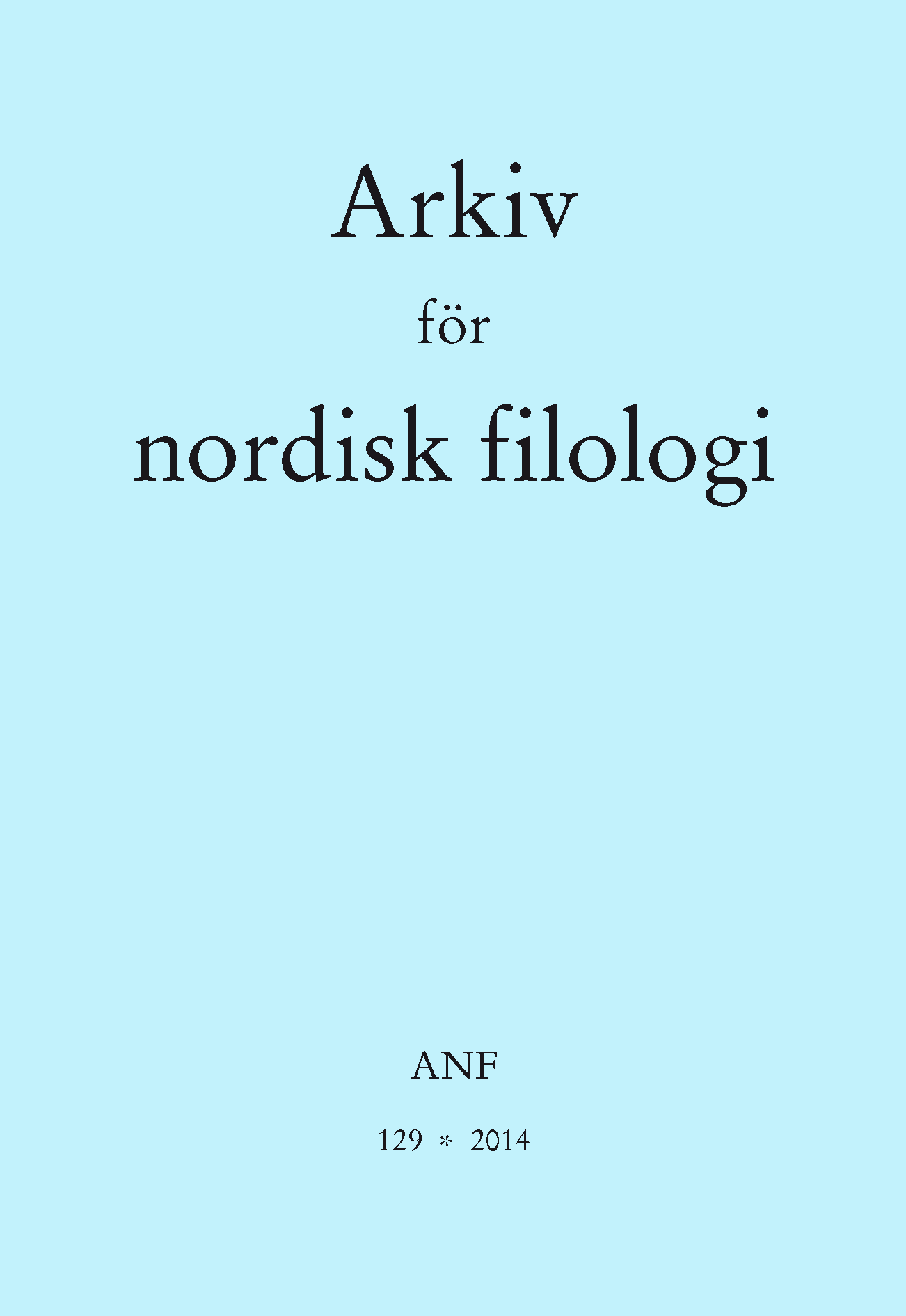Relating Mary’s life in Medieval Iceland: Maríu Saga
Similarities and differences with the continental Lives of the Virgin
Abstract
This article deals with the relationships between Maríu saga and other medieval vitae mariae, which were composed at the same time in order to discuss the statements made by Wilhelm Heizmann in his article entitled “Maríu saga” published in Medieval Scandinavia: an encyclopedia (P. Pulsiano, K. Wolf eds., 1993). Maríu saga is the biography of the Virgin Mary in Old Norse, which begins with her own Conception, as in the apocryphal Infancy Gospels, the Protevangelium Jacobi and its Latin renditions, and concludes with her death and her Assumption, as in the Transitus Mariae. The saga moves well beyond the narrative of events witnessed in these earlier sources as it offers extended exegetical and theological reflections on the significance of its material, and historical background. In the first part, I will focus on Late Antiquity, namely on the New Testament apocrypha and on the Byzantine Lives of the Virgin which are the earliest biographies of the Virgin. In the second and the third parts, Maríu saga will be contrasted with the most popular and representative continental biographies of Mary in Medieval West; namely the Vita Rythmica, the Conception Nostre Dame by Wace and the Romanz de Dieu et de sa Mere by Herman of Valenciennes – a Sacred History of the Virgin –, in order to demonstrate that the saga takes its main features from both the Lives of the Virgin and the biblical paraphrases, whether it be from a literary or a doctrinal perspective.


